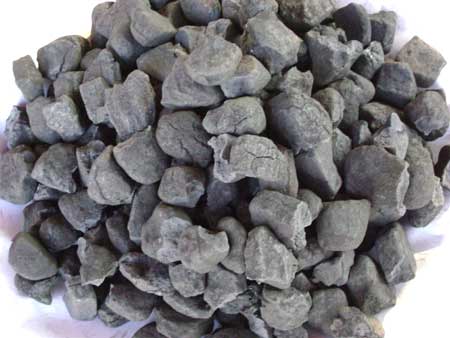
Sponge Iron (DRI) - Direct-reduced iron (DRI), also called sponge iron, is produced from direct reduction of iron ore (in the form of lumps, pellets or fines) by a reducing gas produced from natural gas or coal. The reducing gas is a mixture majority of Hydrogen (H2) and Carbon Monoxide (CO) which acts as reducing agent. This process of directly reducing the iron ore in solid form by reducing gases is called direct reduction. Sponge iron is not useful in itself, but can be processed to create wrought iron. . The sponge is removed from the furnace, called a bloomery, and repeatedly beaten with heavy hammers and folded over to remove the slag, oxidise any carbon or carbide and weld the iron together. This treatment usually creates wrought iron with about three percent slag and a fraction of a percent of other impurities. Further treatment may add controlled amounts of carbon, allowing various kinds of heat treatment (e.g. "steeling").
Today, sponge iron is created by reducing iron ore without melting it. This makes for an energy-efficient feedstock for specialty steel manufacturers which used to rely upon scrap metal.